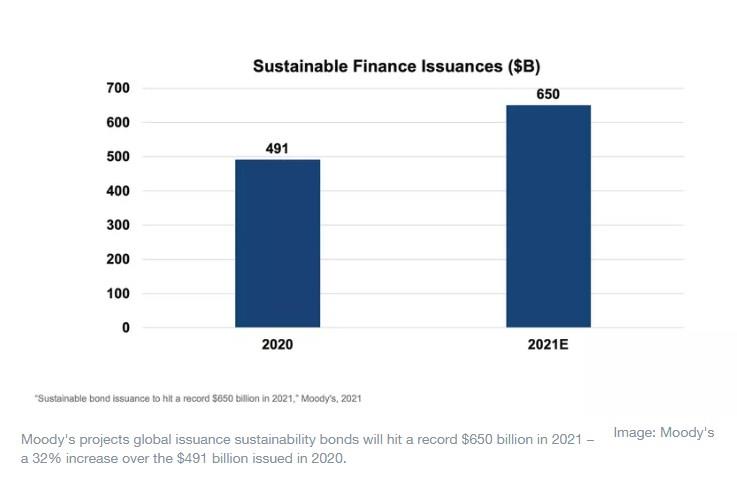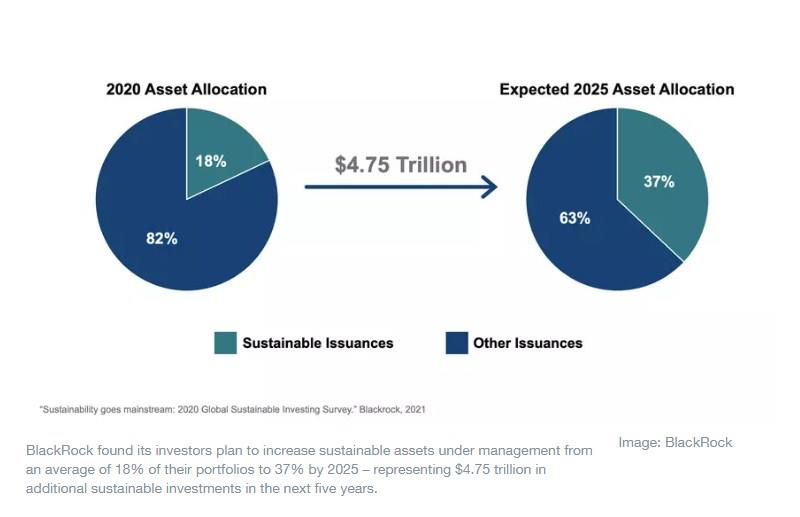by Burke Norton and Bill Horton*
Digital connectivity is oxygen for opportunity. The opportunities made possible to those who are connected are rapidly expanding as services across every sector are increasingly provided and consumed online. These include healthcare, education and financial services.
Yet, the global COVID-19 pandemic has laid bare the vast divide between those who are connected and the billions of people who are not.
Increasingly, leaders in business, government and civil society have recognized the societal and economic imperative to invest in digital inclusion, and many have invested in projects designed to advance this objective.
The digital divide – what that means
Globally, just under half of all households have no internet connection, and if they do, the cost of available broadband exceeds affordability targets in over 50% of developed countries. Even the most advanced countries have witnessed the affordability challenges that exist in their cities and rural areas.
Today at least two billion people have no access to healthcare, 1.7 billion adults remain unbanked, and over 260 million children can’t access education. These are services that are increasingly provided digitally. As these services digitize, the negative consequences of these structural inequities increase. And as the speed of digitization rises, so too does the urgency to bridge the digital divide to prevent unconnected or under-connected individuals and communities from falling further behind.
Without timely and ambitious action, the vast divide between those who are digitally connected and those who are not will stymie economic growth and entrench social injustice, while impairing our ability to achieve a more fair, sustainable and resilient future.
Digital inclusion: vital to achieve the SDGs
In 2015, the United Nations General Assembly established the Sustainable Development Goals (SDGs) — a collection of 17 interlinked global goals designed to achieve a better, more sustainable future for all. The interlinked SDGs recognize that action in one area affects outcomes in others, requiring development projects to balance social, economic and environmental sustainability. It has become clear that digital inclusion is a vital and overarching goal that is necessary to the achievement of all the SDGs.
There are many leaders who would consider investing in digital inclusion projects, but they have not yet aligned their asset allocation with their sustainability and digital inclusion objectives in a meaningful way.
They also may not be aware of the benefits that digital inclusion financing arrangements can provide to dramatically scale up digital inclusion investments that align with broader, ambitious goals.
Green, social and sustainability bonds
Issuances of green, social and sustainability bonds have skyrocketed in recent years. Issuers have recognized the opportunity to scale up their ESG investments through the use of social bonds, while demand from investors for social bonds is also increasing dramatically.
Moody’s projects global issuance sustainability bonds will hit a record $650 billion in 2021 – a 32% increase over the $491 billion issued in 2020.

Additionally, the UN reports 84% of asset owners are either pursuing or actively considering sustainable investments. And, in its 2020 Global Sustainable Investing Survey, BlackRock found its investors plan to increase sustainable assets under management from an average of 18% of their portfolios to 37% by 2025 – representing $4.75 trillion in additional sustainable investments in the next five years.

How digital inclusion bond financing works
The sustainable financing frameworks that have been successfully used to date can be utilized to meet the global challenge of digital inclusion, potentially unlocking hundreds of billions of dollars of investment capital.
Today the World Economic Forum and the EDISON Alliance are announcing the publication of a Guidebook to Digital Inclusion Bond Financing to increase awareness and to encourage the use of innovative debt financing to address inequality and digital deserts and accelerate investment in digital inclusion.
Through digital inclusion bond financing, companies, governments and multilateral organizations can raise funds through international capital markets, while supporting digital inclusion efforts by either designating a bond’s use of proceeds to specific digital inclusion projects or tying the bond’s coupon to the achievement of digital inclusion key performance indicators (KPIs).
Digital inclusion bond financing enables commitments to digital inclusion projects and KPIs that may relate to investing in broadband infrastructure and affordable access, digital skills training, financial inclusion, and access to quality healthcare and education, among other priorities.
The Guidebook illustrates the process for issuing digital inclusion bonds; appropriate use of proceeds; evaluating projects for investment; conforming with applicable market frameworks for sustainable and social financing, including the International Capital Markets Social Bond Principles; and reporting and independent verification that performance targets or KPIs are being achieved.
The digital inclusion bond financing winners are…
Examples of projects that may benefit from digital inclusion bond financing include:
-Investments in the availability and affordability of broadband infrastructure for underserved communities.
-Projects aimed at improving access to digital financial services, including programmes to increase financial literacy and digital readiness, and investments in community development banks and minority depository institutions that primarily serve disadvantaged communities, which can provide access to capital necessary to start or grow a small business.
-Projects that improve access to healthcare in underserved communities, particularly through telemedicine and telehealth services.
-Projects that improve digital access to education and increasing digital skills. During the COVID-19 pandemic, UNESCO found that nearly 830 million learners globally did not have access to a computer, and 40% did not have internet access at home. As the UN Deputy Secretary-General remarked in April 2021, access to quality education remains profoundly unequal, financing gaps are immense and learning is not equipping young people with the skills needed to excel in today’s world.
Who are the digital inclusion bond financing trailblazers?
Several innovative companies, governments and multilateral organizations have been early adopters of sustainable bond financing and are leading the way in issuing bonds that, in part, will finance projects to help bridge the digital divide. Mastercard, Bank of America, The African Development Bank, The Government of Mexico, Wells Fargo and Whirlpool are all examples of organizations which have successfully issued bonds that are intended to finance digital inclusion projects, among other uses of proceeds.
Digital inclusion bond financing provides flexibility for Issuers to develop and invest in digital inclusion-related projects that align with their particular strengths and goals.
Helping businesses drive prosperity
The Alliance has set an ambitious goal of improving one billion lives globally by 2025 through affordable and accessible digital solutions across various focus areas. There is a tremendous opportunity, for governments, businesses, multilateral organizations and investors, to invest in digital inclusion – access to connectivity, affordability of services and the development of digital skills – and all of the economic and social benefits that inclusion brings, including increased prosperity and access to quality healthcare and education.
Digital inclusion bonds can have a pivotal impact on building a more prosperous and equitable world. Stakeholders increasingly expect organizations to commit to, and take action to foster, equity and inclusion. This financing model also helps businesses achieve ESG goals and positions them as leaders in closing the digital divide.
Lack of access to the internet shouldn’t dictate a child’s success at school. Where someone lives, regardless of how remote, shouldn’t prohibit them from receiving essential healthcare or financial services. Financing digital inclusion is a unique and effective opportunity to drive a more resilient, prosperous world.
*Senior Managing Director; Co-Head, Perennial Investing, Vista Equity Partners and Senior Vice-President, Deputy General Counsel& Corporate Secretary, Verizon Communications
**first published in: www.weforum.org




 By: N. Peter Kramer
By: N. Peter Kramer
